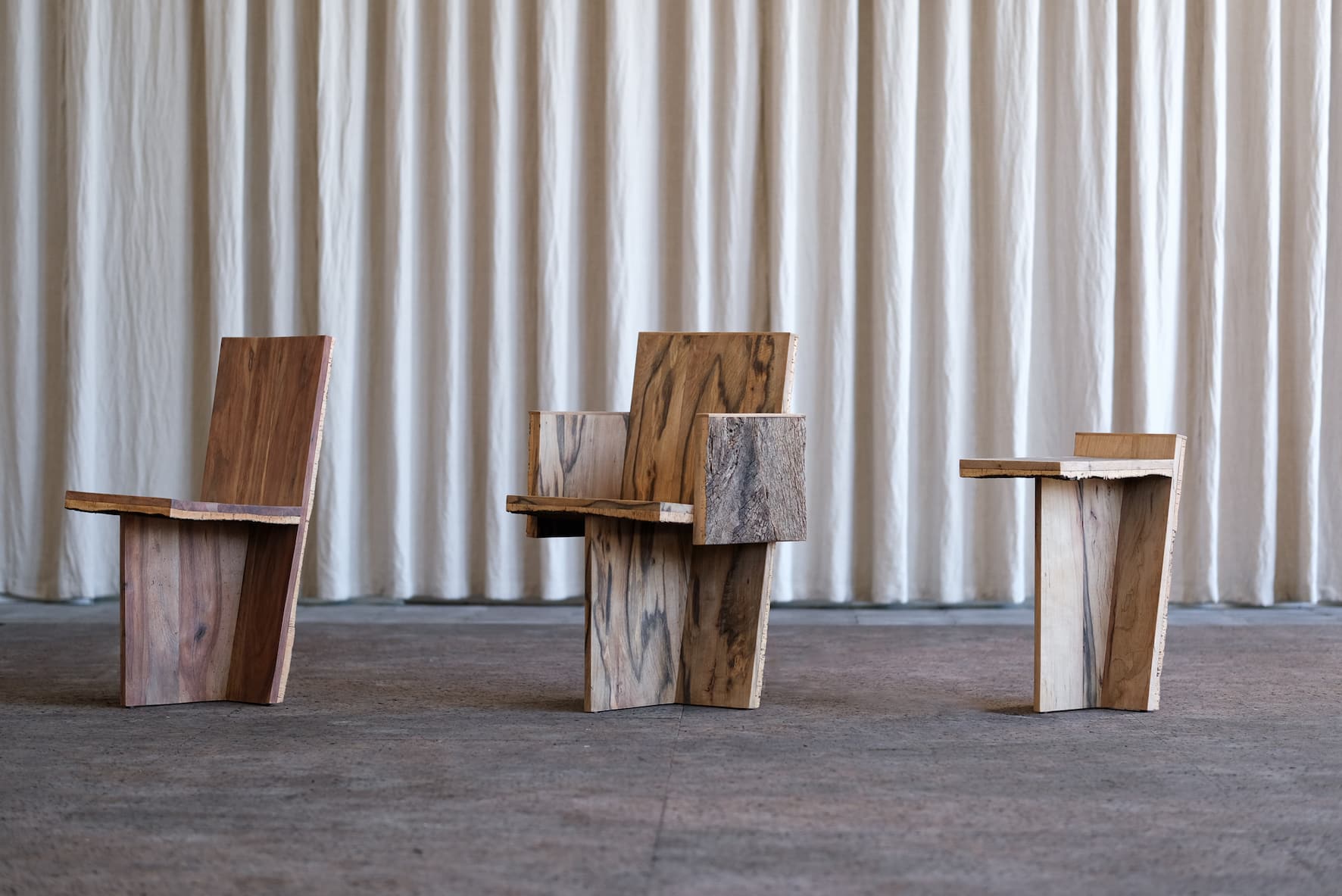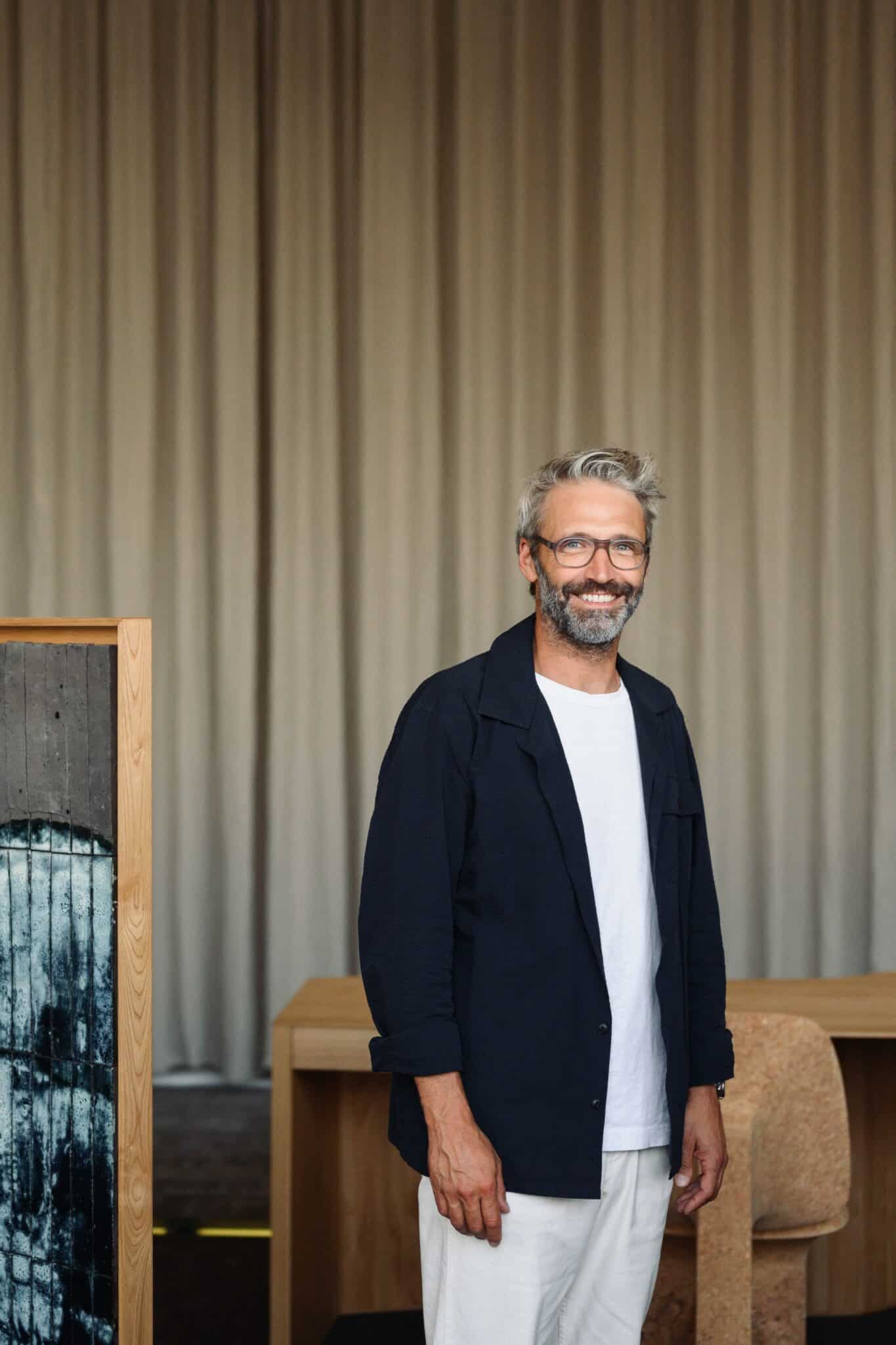
Noé Duchaufour-Lawrance

A multidisciplinary French designer, Noé Duchaufour-Lawrance is known internationally for his sensitive attention to materials and details, as well as for the refinement of his organic forms. From his initial training as a sculptor, he has kept this innate aptitude for dialogue between space and object. The duality between artistic vision and meticulous rigour, nature and the city, functionality, and emotion flows seamlessly through his projects, whether in interior architecture (the Sketch à in London, the Air France lounges, the chalet at La Transhumance) or in the design of furniture or objects (published by Ceccotti, Bernhardt Design, Ligne Roset, La Chance, Hermès, Saint-Louis, Revol), but also tailor-made for private clients or cultural institutions such as the Villa Medici. His work has always flourished in collaboration and dialogue with craftsmen and craftswomen, and this approach takes on even more cultural and emotional depth today. In order to reconnect with nature and weave a sensitive link between man and his environment, he chose to move to Lisbon in 2017. From this immersion was born the Made In Situ project. Through its various chapters and encounters – to date the black ceramics of Tondela Barro Negro, the cork from the Algarve Burnt Cork, the Azulejos of Viuva Lamego, the bronze of Peniche and the beeswax candles of Fatima, Bronze & Beeswax as well as the latest French opus rooted in the ‘massif des Maures’ Chêne & Liège – Made In Situ explores, through the prism of the designer’s eyes, a variety of territories, geological, artisanal, economic and cultural. A travel diary that can only be extended, in France or elsewhere.
Text by Anne-France Berthelon translated to English
1. Could you tell us your first memory related to design? How did your journey start?
I was living in the countryside, a small village in Brittany on the coast. Design was far from my everyday life. At the age of 13, I saw the pieces that Philippe Stark designed in a catalog. I decided to make furniture. Then my stepfather came one day from England with an article about Ron Arad. I was shocked! We can do design and sculpture! This is the path I took.
2. Would you say that there has been a defining moment in your career? Could you tell us about it?
Yes, there have been many defining moments. But the first one is the design of a desk for my degree at the “Arts Décoratifs” school. The Manta desk was in carbon fiber at this tile and became Manta in wood edited by Ceccotti Collezioni. The second one is my project for Sketch restaurant in London and particularly the egg toilets pods!
3. You signed several accomplished design and furniture collections for countless well-known brands such as Montblanc, Hermes, Dior, Ligne Roset among others. How do you start designing a collection? What usually becomes your starting point?
For these projects, I was trying to feel the brands I was working with.
Is there a common match that can occur? As soon as I sensed a point of connection, I started digging. But I barely work for brands now, besides some exceptional encounters that I have like my recent project with Steinway & Sons. How could I have said no?
Some long-term relationships that I have with friends like Bernhardt Design, or Saint Louis Crystalworks, Ligne Roset…
Most of my work today revolves around my Made In Situ project.
4. You divide your time between Paris and Lisbon. Could you tell us how each city inspires you and effects your rhythm? What do you like best about this dual relationship?
A city doesn’t inspire me. If I stay too long, it drags me down. But sometimes I need the city to connect me to the speed of life. Lisbon has an acceptable scale for a man like me. My best inspiration is nature, the ocean 30 km away from Lisbon, where I have a hut on the beach. It’s a pure source of inspiration. Paris is a rich cultural city, and most of my best friends are there. So, I come here quite often to get my dose of love and culture.
5. How would you describe your creative process? How do you get inspired?
I do my project from the context. I don’t draw before getting immersed in it. I meet the craftsmen, the workshops, the materials, their origins, and the problems that may arise while using such resources. Then comes the design.
6. As a product designer, is there an object that fascinates you? That you would like to design over and over again?
I would love to design the void and the silence as I think that humans have a disease, they can’t stop producing even on the top of a mountain of waste. And I’m afraid that I also have this disease even if I control its expansion.
7. What is one of the hardest-learned lessons in your practice?
Nothing you have done is achieved, so you will never be completely satisfied.
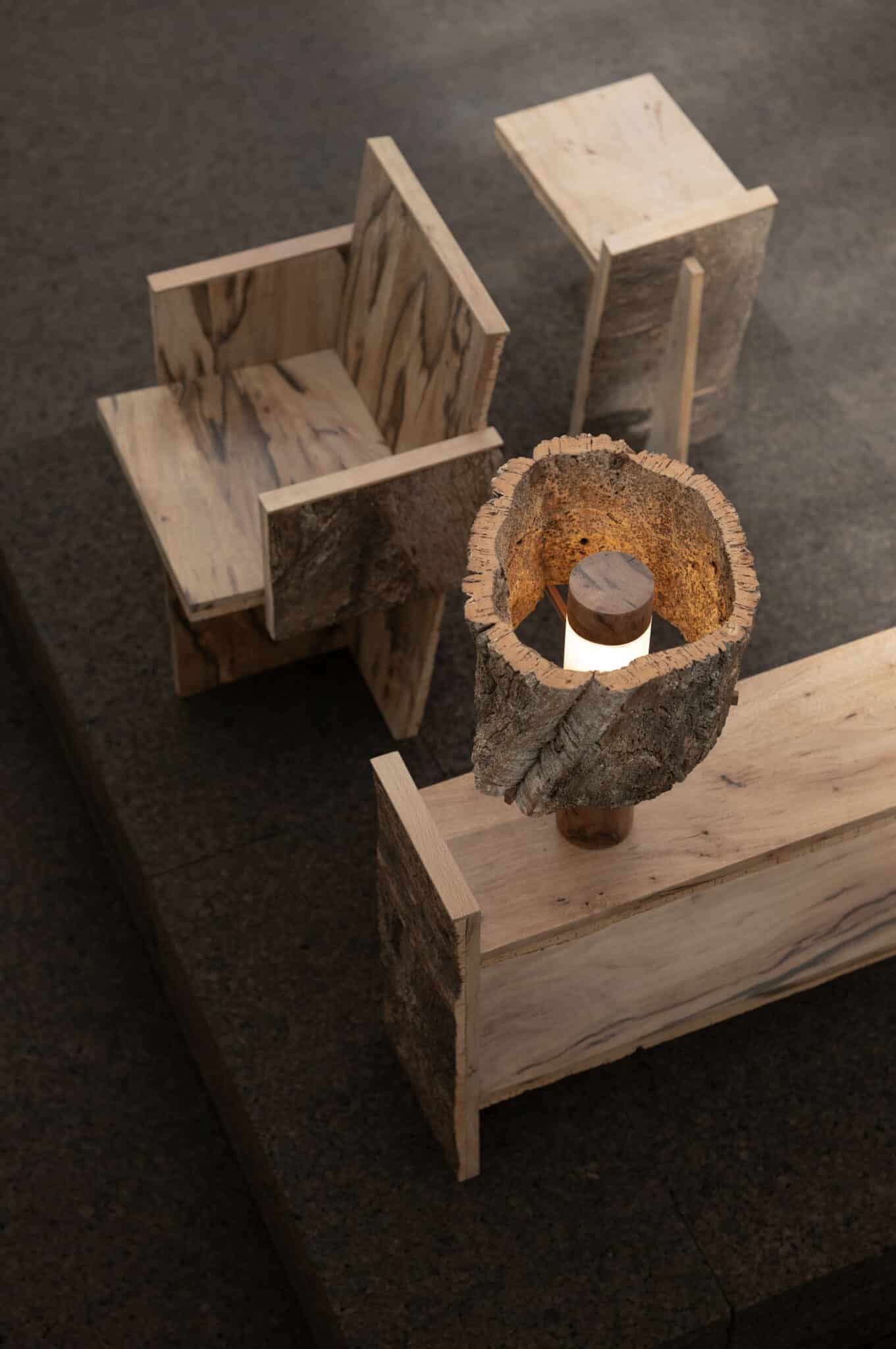
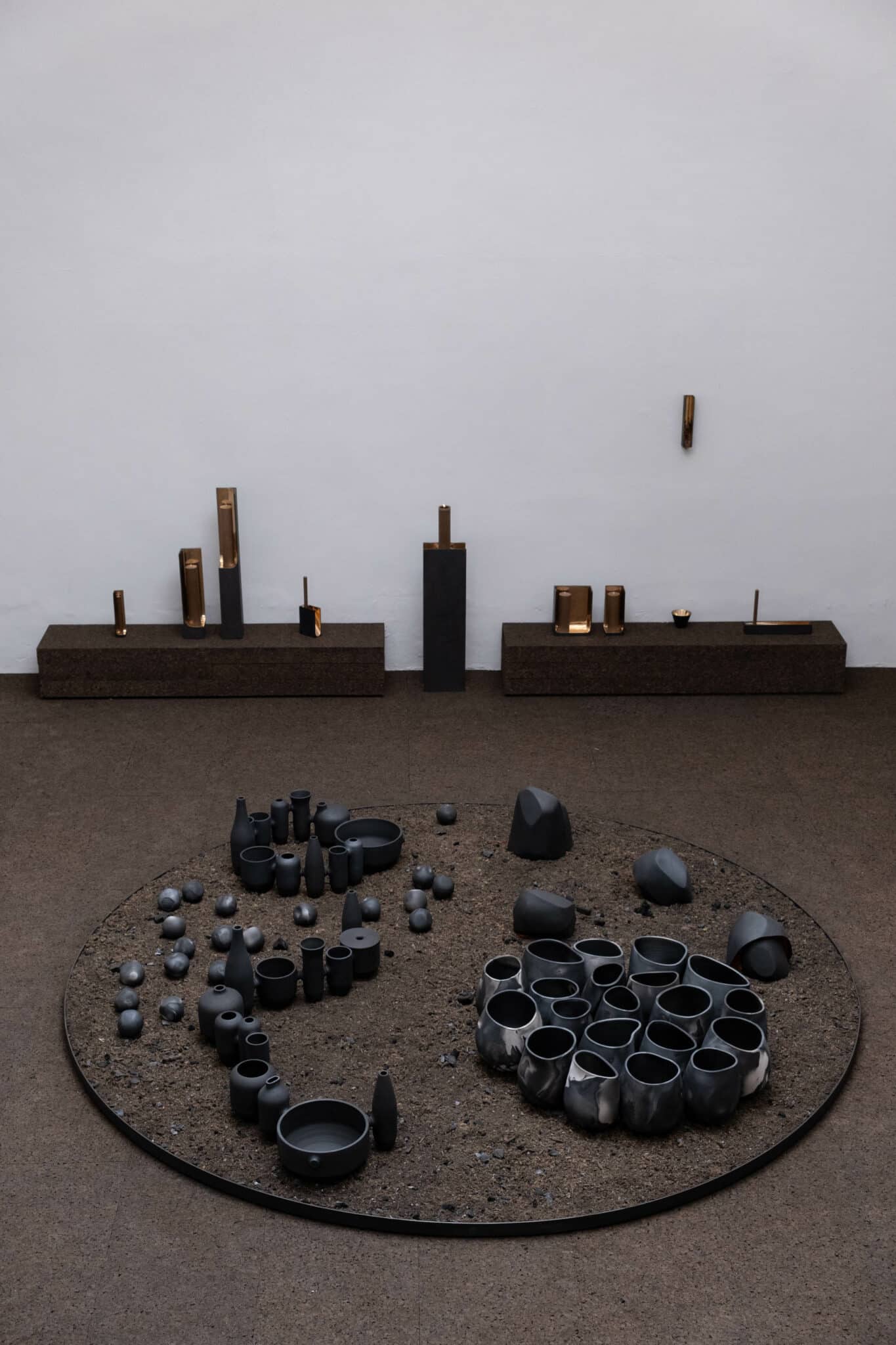
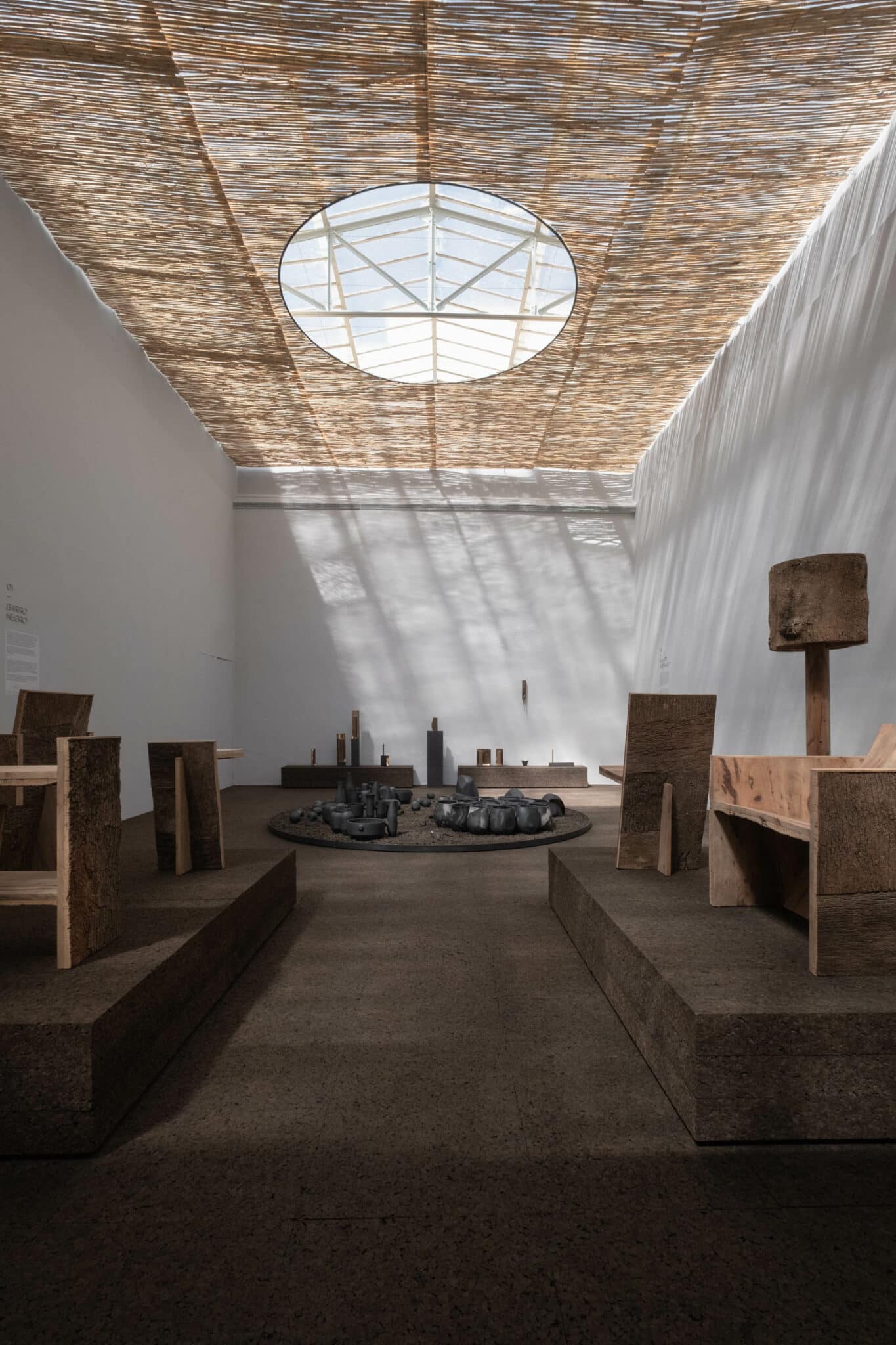
8. How do you think the design industry changed over the past decade? What would be your comment on it?
Design was born within the industry. Today, industry is one of the biggest causes of our problems, even though it was supposed to solve them. Designers are gradually becoming aware of this, and it’s affecting our relationship with the industry. The product is no longer a goal by itself. The process and human interaction around a project are richer than the result. This opens the door to many non-designers who call themselves so. We’re producing fewer industrial products, but still just as much waste. I still believe that an object needs academic roots, even if it strives for abstraction.
9. What advice would you give to beginning artists who would like to create sculptural design works?
Picasso was a great academic painter before becoming the most modern one. You have to learn the beauty of a volume before trying to create yours. Use your hands to draw not to click on a keyboard. Otherwise, don’t blame AI.
10. Is there a design object you cannot live without?
My Jotter Parker Pencil.
11. What do you think is the role of design in our current day? What power does it have and what limits?
The design is one of the tools to reconnect us with our environment while creating a transition between the wildness of nature and ourselves. Its limits are its impact on this ecosystem. As architecture, food, the creation must be balanced with the context and the environment, without imposing its rules.
